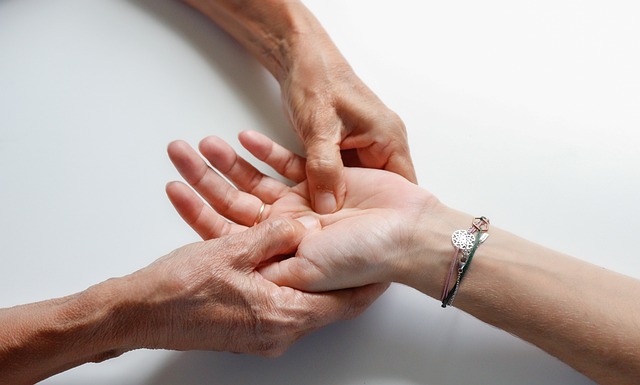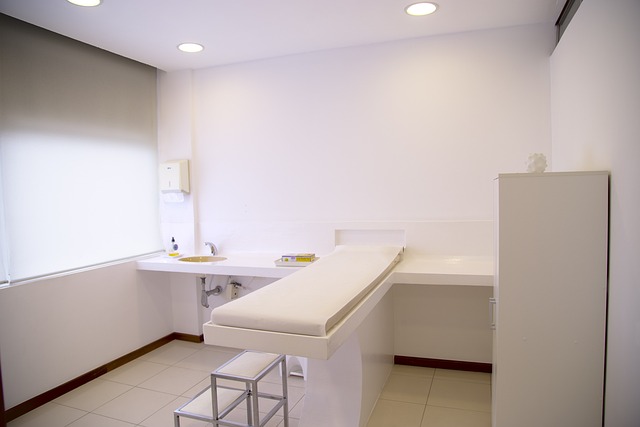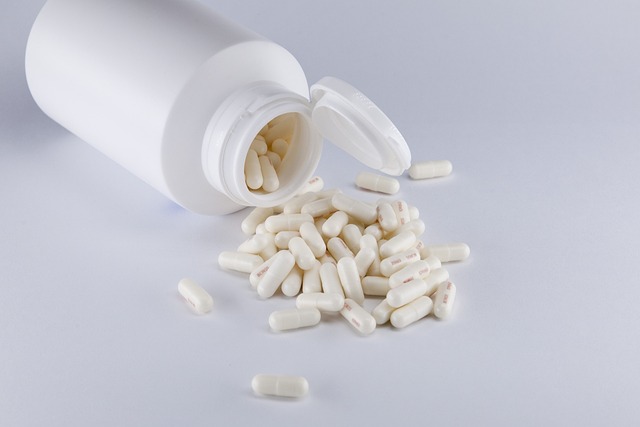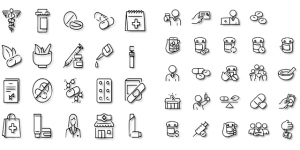Cryolipolysis Treatments (Fat Freezing) TL;DR:
Cryolipolysis, or fat freezing, is a non-invasive method using cold temperatures to break down and eliminate fat cells in specific areas like the abdomen, thighs, and arms. This procedure involves cooling targeted regions below survival thresholds, causing fat cells to crystallize, die, and be removed by the body.
Key Benefits:
Non-surgical alternative to liposuction.
Reduces stubborn fat resistant to diet and exercise.
Safe, effective, and comfortable with minimal downtime.
Popular for problem areas like the tummy, thighs, and arms.
Recovery is swift with temporary discomfort resolving within days.
Future innovations aim to enhance effectiveness and user experience.
“Uncover the power of Cryolipolysis Treatments for targeted fat loss with our comprehensive guide. Spot-reduction through Fat Freezing is a non-invasive procedure that freezes and eliminates fat cells in specific areas. This article delves into the science behind cryolipolysis, its mechanism, benefits, candidate suitability, step-by-step process, safety considerations, popular treatment zones, recovery insights, and future trends. Understand how Cryolipolysis Treatments are revolutionizing body contouring, offering precise results without surgery.”
Understanding Cryolipolysis: The Science Behind Fat Freezing

Cryolipolysis, or fat freezing as it’s commonly known, is a non-invasive fat reduction procedure that has gained significant popularity in recent years. This innovative treatment harnesses the power of cold to target and break down fat cells, offering a safe and effective alternative to traditional liposuction. The process involves applying controlled amounts of cryogenic cooling to specific areas of the body where excess fat accumulation is present.
At the heart of this technology lies the scientific principle that fat cells are more vulnerable to temperature changes than other cell types. During a Cryolipolysis treatment, targeted areas are cooled below the fat cell’s survival threshold, causing them to freeze and eventually die. Over time, these dead fat cells are naturally processed and eliminated by the body’s lymphatic system, leading to visible reductions in fat deposits. This method allows for spot-specific treatments, making it a desirable option for those seeking to target problem areas without extensive surgery or downtime associated with more invasive procedures.
How Does Spot-Reduction Work? A Detailed Mechanism

Spot-reduction fat freezing, a revolutionary approach in cosmetic procedures, leverages cryolipolysis treatments to target and eliminate specific areas of stubborn fat. This non-invasive method works by using cold temperatures to break down and destroy fat cells in targeted regions. The process begins with the application of cooling technology directly to the problem areas, typically the abdomen, thighs, or love handles. This cold exposure triggers a controlled cellular response, causing the fat cells to crystallize and subsequently die off without damaging the surrounding tissue.
As the frozen fat cells are then processed by the body’s natural metabolic processes, they’re broken down into harmless components that can be eliminated. The result is a noticeable reduction in fat thickness and a more contoured silhouette. Cryolipolysis treatments offer a safe and effective alternative to surgical procedures, appealing to individuals seeking localized fat reduction without downtime or invasive incisions.
Benefits of Cryolipolysis Treatments for Targeted Fat Loss

Cryolipolysis treatments, also known as fat freezing, offer a non-invasive way to achieve targeted fat loss. This innovative procedure uses cold therapy to destroy fat cells, leading to significant reductions in problem areas without surgery or downtime. One of the key benefits is its ability to pinpoint specific fat deposits, making it an appealing option for those seeking localized results.
By targeting stubborn fats that are often resistant to diet and exercise, cryolipolysis provides a solution for individuals aiming to sculpt their bodies. These treatments are safe and effective, as they freeze and eliminate fat cells permanently. The process is comfortable, and many patients experience minimal discomfort during and after the procedure, making it an attractive alternative to more invasive body contouring methods.
Candidates Suitable for Fat Freezing: Who Can Benefit?

Fat freezing, or cryolipolysis treatments, are becoming increasingly popular as a non-invasive way to reduce stubborn fat. The ideal candidates for this procedure are individuals with localized fat deposits who maintain a healthy diet and regular exercise routine but still struggle with certain problem areas. It is particularly suitable for people who have completed their weight loss journey but wish to refine their body shape.
Those with good skin elasticity and a stable weight are typically better suited for cryolipolysis as it requires the skin to be able to snap back without significant stretching or scarring. This treatment can target specific areas like love handles, belly fat, or inner thighs. It’s important to note that while fat freezing is effective, it is not a magic solution for everyone and may not produce dramatic results.
The Process: Step-by-Step Guide to Cryolipolysis Procedure

The Process: Step-by-Step Guide to Cryolipolysis Procedure
1. Consultation: Begin with a consultation session where your specialist assesses your medical history, current health condition, and specific areas of concern. They’ll determine if cryolipolysis treatments are suitable for you.
2. Preparation: On the day of the procedure, arrive at the clinic relaxed. You’ll be asked to change into a comfortable outfit, and an area on your body (commonly the abdomen, love handles, or flanks) will be cleansed and prepared for treatment.
3. Application of Cryolipolysis Device: A cryolipolysis device, often composed of cooling heads, is applied to the targeted area. This device uses extreme cold (-17°C to -20°C) to selectively reduce fat cells by freezing them. The process is non-invasive and typically takes about 30-60 minutes per session.
4. Comfort During Treatment: Throughout the procedure, you may feel a deep cooling sensation but should not experience significant discomfort. The specialist ensures that the treatment is as comfortable as possible.
5. Post-Treatment Care: After the session, you might notice some temporary redness or numbness in the treated area. This is normal and usually subsides within a few days. It’s important to follow post-treatment instructions, including staying hydrated and maintaining a healthy diet.
6. Multiple Sessions: Cryolipolysis treatments often require multiple sessions spaced several weeks apart for optimal results. Each session targets fat cells, gradually reducing fat accumulation in the treated areas.
Safety and Side Effects: What You Need to Know

Spot-reduction fat freezing, also known as cryolipolysis treatments, has gained popularity as a non-invasive body contouring method. However, before undergoing any such procedure, it’s crucial to understand the safety profile and potential side effects. Cryolipolysis works by freezing and destroying fat cells in targeted areas, leading to reduced fat levels and improved body shape. While generally considered safe when performed by qualified professionals using approved equipment, there are risks involved, like temporary numbness, swelling, and bruising at the treatment site.
In rare cases, more severe complications such as tissue damage or irregular skin dimpling may occur. It’s essential for individuals considering cryolipolysis treatments to have a consultation with a board-certified dermatologist or qualified medical provider who can assess their unique situation, discuss expectations, and outline potential risks and benefits. Regular follow-up appointments are also necessary to ensure optimal results and address any concerns promptly.
Popular Areas for Spot Reduction Using Cryolipolysis

When it comes to popular areas for spot reduction using cryolipolysis treatments, certain parts of the body tend to be more targeted due to their high fat content and visibility. The abdomen, often referred to as the ‘tummy’, is a common area for many individuals seeking fat freezing. This region is prone to stubborn fat deposits that resist diet and exercise, making it an ideal target for non-invasive treatments like cryolipolysis.
Another popular spot for cryolipolysis is the outer thighs and buttocks. These areas often present with larger fat cells, which are more susceptible to freezing temperatures. By targeting these specific regions, individuals can achieve a more sculpted and toned appearance without significant diet or exercise changes. Arms, including the upper arm and bat wings (a common concern for many), also fall under popular treatment zones due to their high visibility and tendency to hold onto fat.
Recovery and Results: Expecting the Unexpected

Recovery from cryolipolysis treatments is typically swift, with most people experiencing minimal downtime. You can expect some temporary discomfort or soreness in the treated areas, similar to a mild sunburn, which usually subsides within a few days. During this period, it’s advisable to avoid strenuous activities and expose the affected areas to extreme temperatures.
The results of spot-reduction fat freezing vary from person to person. While the procedure is effective at reducing fat cells in targeted areas, it’s important to understand that cryolipolysis doesn’t produce miraculous, immediate transformations. Results often become visible after about 3-6 weeks as the body naturally processes and eliminates the destroyed fat cells. Patience is key; some individuals may need multiple treatments for optimal outcomes.
Future Trends in Fat Freezing Technology

The future of fat freezing technology looks promising, with continuous innovations aimed at enhancing effectiveness and user experience. One emerging trend is the integration of advanced cooling technologies, such as intensive pulsed cold (IPC), which promises faster results and reduced treatment times compared to traditional cryolipolysis treatments. These IPC systems use rapid bursts of cold air to target fat cells without causing significant discomfort to patients.
Additionally, there’s a growing focus on personalized and data-driven approaches. Future fat freezing procedures may incorporate AI and machine learning algorithms to analyze body composition and tailor treatments accordingly. This precision medicine approach could lead to more efficient spot reduction, addressing specific problem areas with greater accuracy. Moreover, the trend towards non-invasive procedures is expected to continue, with ongoing research exploring new ways to target and destroy fat cells without invasive surgery or lengthy recovery periods.
